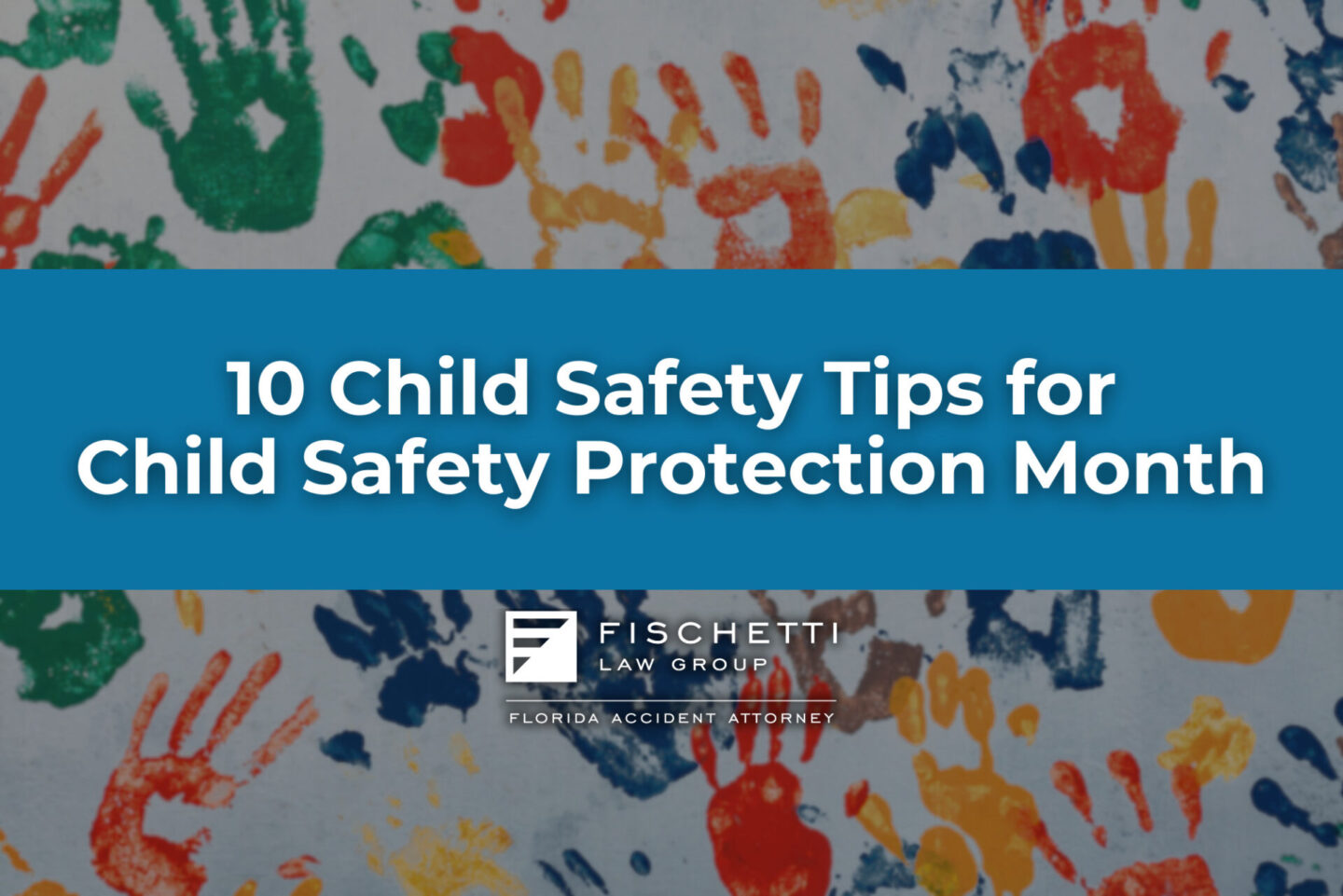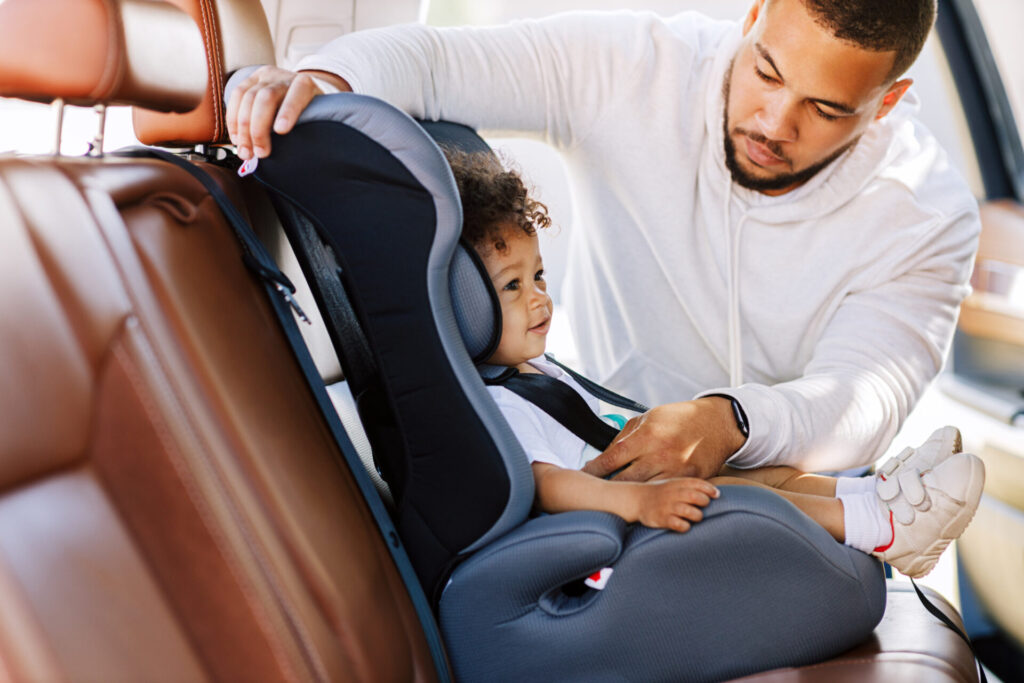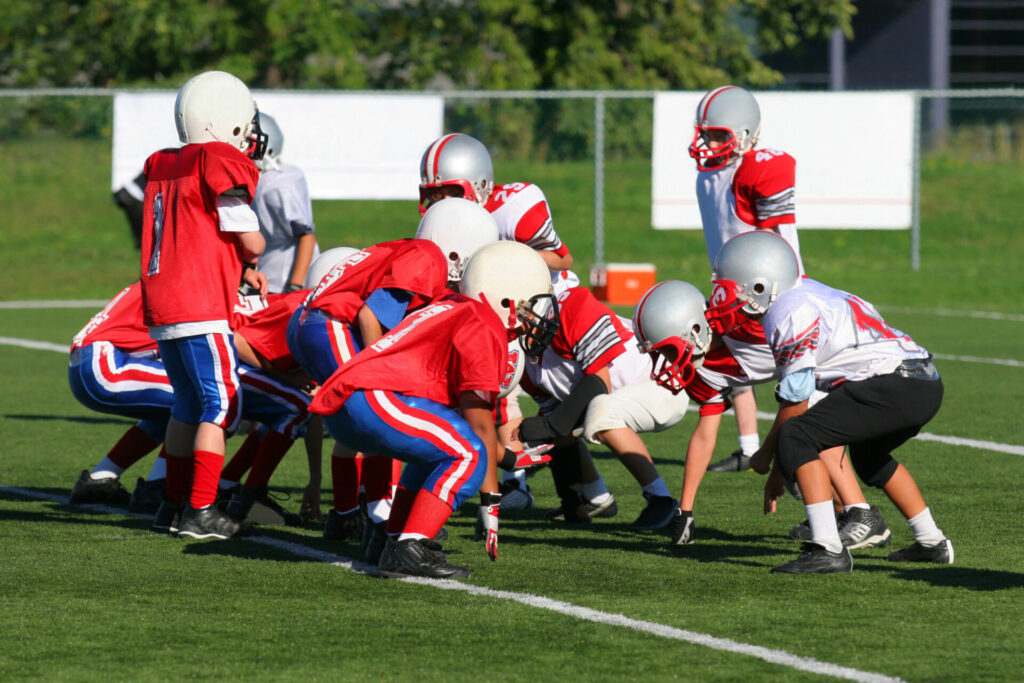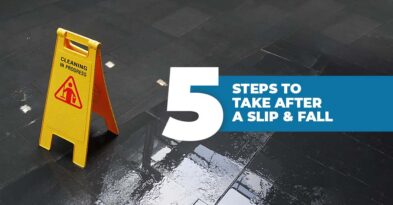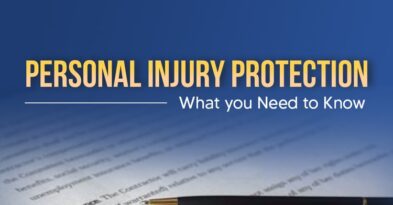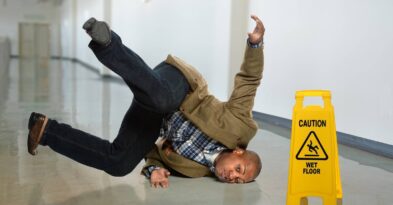Ten Child Safety Tips: A Guide During Child Safety Protection Month
10 Child Safety Tips: A Guide During Child Safety Protection Month
November is Child Safety Protection Month. A time when parents, guardians, and caregivers are reminded the importance of ensuring the safety and well-being of children. As personal injury lawyers, we’ve seen the devastating impact that accidents and injuries can have on families.
Childhood injuries can have lifelong effects for both the child and family. Therefore, we’ve compiled a list of top 10 child safety tips to help protect your little ones from common dangers.
Top 10 Child Safety Tips
1. Car Seat and Seatbelt Safety
Approximately every 32 seconds, a child under the age of 13 is involved in a car crash in the U.S. To keep children safe in vehicles, it’s crucial to use the right car seat or booster seat.
Choose car and booster seats based on the child’s age, weight, and height. Always refer to the car seat manufacturer’s instructions and your vehicle’s owner manual on how to install the seat. Some local fire stations can also show you how to install the seat.
Additionally, teach your child the importance of wearing a seatbelt on every trip, no matter how short and no matter who they’re with.
2. Water Safety
Drowning is a leading cause of injury-related deaths among children, especially in South Florida.
Boating accidents can mean grave danger for children. Make sure you have lifejackets on your boat. Never leave children unattended near water. This includes bathtubs, pools, or natural bodies of water.
Pools can mean fatal danger. Ensure that pools have proper barriers, like four-sided fencing. Consider enrolling your child in swimming lessons for extra safety.
3. Fire Safety
Teach children about the dangers of fire and the importance of not playing with matches or lighters. Make sure children know that open flames are not to be played with.
Install smoke alarms in every bedroom and on every level of the home. Test them monthly and replace batteries as needed. Have a fire escape plan and practice it regularly with your children.
4. Poison Control
Common household items such as cleaning supplies, medications, and even certain plants can be poisonous to children. Keep these items out of reach and in secure cabinets. Certain toys and art supplies can also be toxic to children.
Make sure to have the Poison Control Center number (1-800-222-1222) posted somewhere visible in your house, like on the refrigerator. Teach older children how to call it in case of an emergency.
5. Choking Prevention
Choking can happen quietly and within minutes. To avoid this, cut food into appropriate sizes. Avoid giving young children small candy and foods, and keep small objects like batteries and coins out of reach.
Monitor children when they play with small toys like Legos and doll accessories. Learn the signs of choking and the Heimlich maneuver for both children and infants.
6. Fall Prevention
Falls are the most common cause of injuries for children. Falls can range from a simple trip in the kitchen to a severe fall down the stairs.
Use safety gates at the top and bottom of stairs. Secure windows and use guardrails on beds for young children. Playground surfaces should be soft and well-maintained to reduce injury risk.
7. Street Safety
Teach children the rules of the road: looking both ways before crossing the street, using crosswalks, understanding traffic signals, and wearing bright or reflective clothing to be more visible to drivers.
Model safe pedestrian behavior as an example for children. For younger children, hand-holding near traffic and in parking lots is a must.
8. Sports Safety
Some sports are more prone to injuries than others. Did you know that helmets reduce the risk of severe brain injuries by up to 88%? Children should always wear helmets when playing football to prevent lifelong brain damage. Wearing protective gear such as helmets, elbow and knee pads, can also reduce injuries when riding bikes, scooters, or skateboards.
9. Internet Safety
In an increasingly digital world, cyber safety is crucial. It is suggested to monitor children’s internet use. Teach children not to share personal information online and to report any uncomfortable interactions. It may be a good idea to designate common areas for internet use, and use parental controls as needed.
10. Home Safety
Childproofing your home can help prevent accidents, especially when children are young. Use safety latches on cabinets, secure furniture and TVs to prevent tip-overs. Teach children what furniture is not meant to be climbed on, and warn them of the dangers. Cover electric outlets, and ensure that your home is safe for children.
Child Safety from a Personal Injury Lawyer
This month, take the time to review safety rules in place with the children in your life. By implementing these safety tips, you can create a safer environment for your children to live, play, and grow.
It takes a village to keep children safe. Share these tips with friends and family and participate in local child safety programs. Your work can make a difference in preventing child injuries and may even save lives.
Despite our best efforts, accidents can still happen. If your child has been injured due to someone else’s negligence, Fischetti Law Group can inform you about your rights, help protect them, and ensure you receive the compensation you deserve to support your child’s recovery process. Call or text 833-MIKE-247 today.
TESTIMONIALS
What People Say
The Fischetti Law Group helped my family after my child was injured in a car accident and I’m so thankful! 🙏
Thank you to the Fischetti Law Group for your help with my car accident case. Theyre the best around for sure.
